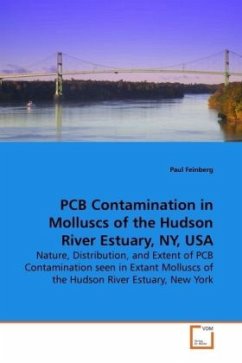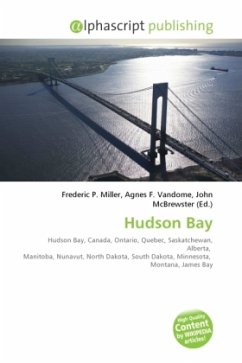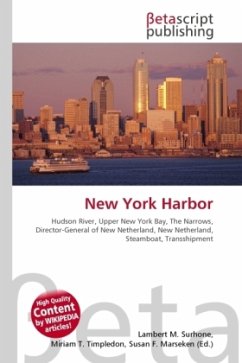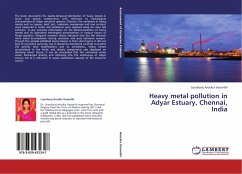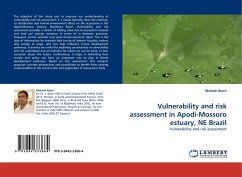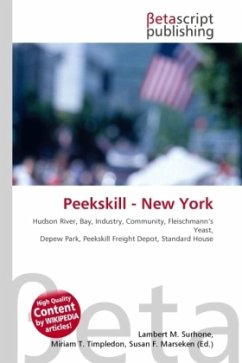A sampling program was developed to determine
whether the PCBs known to have been present in the
operations of the two GE plants located upriver in
the Hudson River Estuary were still detectable
after 20 years. Bivalve molluscs were collected
from 98 Peterson grab samples and subsequently
analyzed for PCBs. In all but one case, the PCBs
detected were found to be Aroclor 1254, that which
is typically considered to be linked to the upsteam
GE contamination. Concentrations were discovered in
excess of both federal USEPA levels and New York
State standards for fish consumption. The
concentrations found in the clams sampled range from
0.056 µg/L to 840 µg/L. Statistical regressions
were performed for the water quality indicators of
salinity, dissolved oxygen, percent oxygen
saturation, pH, and eH, all of which were measured
at the time of sampling. Other variables including
trace metals and latitude were also considered in
the analysis in order to determine any predictive
indicators of high concentrations of PCBs.
whether the PCBs known to have been present in the
operations of the two GE plants located upriver in
the Hudson River Estuary were still detectable
after 20 years. Bivalve molluscs were collected
from 98 Peterson grab samples and subsequently
analyzed for PCBs. In all but one case, the PCBs
detected were found to be Aroclor 1254, that which
is typically considered to be linked to the upsteam
GE contamination. Concentrations were discovered in
excess of both federal USEPA levels and New York
State standards for fish consumption. The
concentrations found in the clams sampled range from
0.056 µg/L to 840 µg/L. Statistical regressions
were performed for the water quality indicators of
salinity, dissolved oxygen, percent oxygen
saturation, pH, and eH, all of which were measured
at the time of sampling. Other variables including
trace metals and latitude were also considered in
the analysis in order to determine any predictive
indicators of high concentrations of PCBs.

